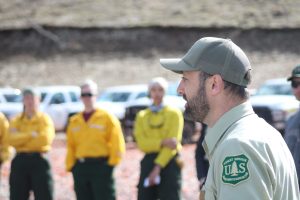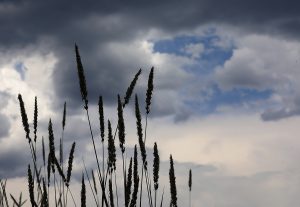Colorado state forester, fire chiefs raise alarm about further federal cuts that would impact fire preparedness
Colorado State Forest Service wildfire preparedness programs and FireWise USA would lose funding under the Trump administration’s proposed federal budget, according to officials
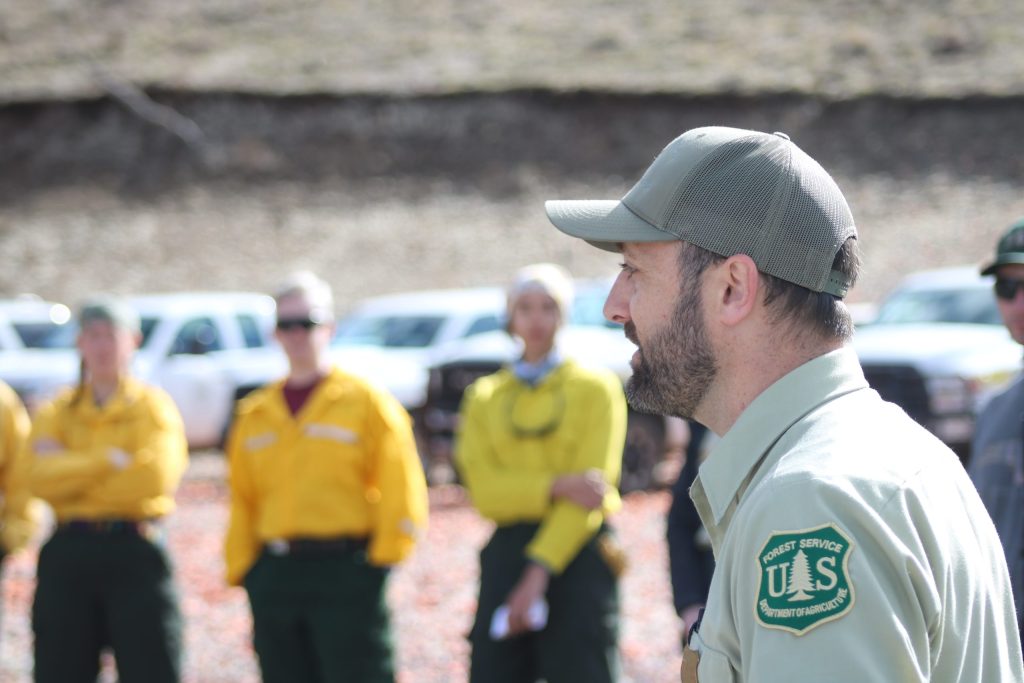
Ryan Spencer/Summit Daily News
As wildfire season picks up in Colorado, Fire Chief Brad White, of Grand Fire Protection District No. 1, says he’s worried “there’s not a lot of extra help to be had this summer.”
Mass layoffs and voluntary resignation programs under the Trump administration have reshaped federal agencies, like the U.S. Forest Service, that typically work in close coordination with local and state officials to not only battle wildfires but prepare for and protect against them.
Colorado is made up of vast swathes of federal land. The U.S. Forest Service alone owns about one-fifth of the state’s land, with most of that in the mountains, where the federal government is the largest landowner in many counties. But federal land management agencies have shed thousands of employees in just six months.
In February, the Department of Government Efficiency fired thousands of probationary employees across the government, including 3,400 in the U.S. Forest Service. Thousands more federal workers have left after accepting the administration’s deferred resignation option.
While the Trump administration claims that the federal government’s firefighting staffing this summer is comparable to years past, the heads of federal agencies have also admitted to letting go of thousands of employees with “red cards,” or “incident qualification cards,” that allow non-fire personnel to assist on wildfires.
“I think both the Forest Service and BLM feel like they’ve been able to get normal or minimum staffing approved on fire programs,” White said. “But a lot of their office staff often chip in when things get a little more exciting out there.”
Vail Fire Chief Mark Novak said he’s noticed “a significant loss in the capability of the U.S. Forest Service” due to layoffs, hiring freezes and the deferred resignation option. Novak said he’s already “anticipating a slowdown in ability to do work on the land.”
Yet, even as fire chiefs grapple with what reductions in the federal workforce may mean this summer, even deeper cuts to federal programs and resources that support wildfire preparedness may be coming down the pike.
President Donald Trump’s discretionary budget request for 2026 outlines billions of dollars in cuts to the U.S. Forest Service, the National Parks System, the Bureau of Land Management and the U.S. Fish and Wildlife Service.
The U.S. Forest Service alone would face cuts of nearly $1.4 billion, if Congress were to adopt Trump’s proposed budget.
In addition to slashing research and further reductions in staffing, the administration’s U.S. Forest Service budget proposes $303 million in cuts to local, state and non-government conservation funding — including millions in federal grants that support wildfire preparedness. Citing “a return to federalism,” a U.S. Forest Service budget document calls for “encouraging states and local partners to fund their own wildlife preparedness activities.”
From fire chiefs to the state forester, Colorado officials are concerned that these cuts could disrupt years of wildfire preparedness and make the state more vulnerable to catastrophic wildfires.
Neither the U.S. Forest Service nor the White House Press Office responded to emailed questions seeking a response to Colorado officials’ concerns and inquiring whether taxpayers would see relief as a result of the proposed cuts to federal funding.
“I’m really truly fearful we’re going to lose years, if not decades, of protecting our communities with these funding cuts,” Novak said. “We’re trying to overcome a 100-year problem in terms of how we manage our forests. … This could really be a watershed moment where we lose a lot of ground that we gained over the last decade or two.”
Colorado State Forest Service funds at risk
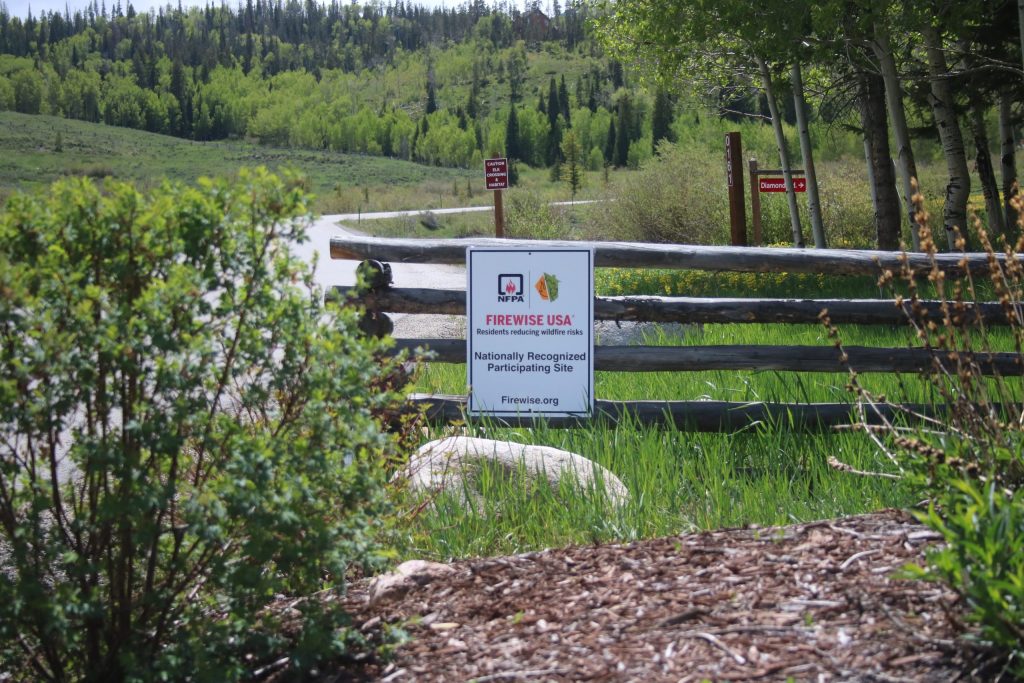
State Forester Matt McCombs said the Colorado State Forest Service, which he oversees, receives more than one-third of its annual budget from U.S. Forest Service funding that would be eliminated in the Trump administration’s budget.
The federal funds support Colorado State Forest Service staff who work with communities to develop wildfire protection plans, foresters who do fire-risk assessments on private property, and statewide fire preparedness outreach and education, McCombs said. If the federal funds were to be eliminated, he said it would be equivalent to losing more than 25 full-time employees, out of the about 180 who work at the state agency.
“Literally, any of the good things that the State Forest Service does on behalf of Coloradans to make Colorado’s communities safer and more resilient to wildfire in some way, shape or form is likely underwritten by state fire assistance grants from the U.S. Forest Service,” McCombs said.
Guided by laws including Cooperative Forest Assistance Act of 1978, the federal government has provided annual disbursements of federal funds to state forestry programs and nonprofits for decades. Known as state, private and tribal forestry grants, McCombs said these programs reflect an understanding that forests — and wildfires — don’t respect the arbitrary boundaries of federal, state and private ownership.
In each of the past five years, the Colorado government has received between $5 million and $20 million in federal state and private forestry grants, including millions of dollars in state fire assistance, according to documents obtained through a records request.
Last year, the state government received $8.8 million in U.S. Forest Service forestry funding that helped provide 1,750 landowners with educational and technical assistance and supported 100 volunteer fire departments with fire assistance grants, the documents state. Those funds also helped accomplish work to counter the invasive insect outbreaks, like resurgences of the mountain pine beetle, and led to fuels reduction treatments on 800 acres in Western Colorado and the Front Range, according to the documents.
“If we think about the Herculean challenge that is in front of us to get our forests adapted to the challenges of the 21st century, we know no one sector can do it on their own,” McCombs said. “But with all sectors together, we have a fighting chance.”
Nonprofit funds at risk
Rebecca Samulski, the executive director of Fire Adapted Colorado, said her “jaw hit the ground” when she learned that the Trump administration proposed to eliminate all U.S. Forest Service state and private forestry funding.
As the head of a nonprofit network that works with wildfire councils, fire departments and districts, and local governments across Colorado, Samulski said that these federal funds “form the backbone of a lot of the wildfire resilience projects in the state.”
“So it’s not like just pulling the rug out,” Samulski said. “It’s like dropping the whole floor out from underneath what’s been built thus far.”
U.S. Forest Service funding flows through various nonprofits in Colorado to accomplish wildfire planning, fuels reduction projects and community trainings, Samulski said. “People should recognize if they take advantage of a local chipping program or see somebody cutting a tree or putting on a workshop around wildfire preparedness, it’s touched and largely supported by (federal) funding,” she said.
FireWise USA, a program run by the nonprofit National Fire Protection Association that certifies communities that take steps to reduce their neighborhood’s risk from a wildfire, is among the programs that receive funding from U.S. Forest Service state and private forestry funds.
Michele Steinberg, the nonprofit’s wildfire division director, said FireWise USA receives about $250,000 annually from the U.S. Forest Service, funds that the nonprofit is required to match dollar for dollar.
FireWise USA is a national program, in place since 2002, that engages communities to adapt to living with wildfire and reduce their risk of loss, including by working with local fire departments and other stakeholders to improve defensible space in neighborhoods. Communities must meet certain criteria to receive recognition through the program, including reporting annually on the risk reduction work completed in their neighborhoods.
Nationwide, there are nearly 3,000 communities — including more than 240 in Colorado — representing about 2 million people and more than 800,000 residential properties across 32 states engaged in the program, Steinberg said. In recent years, she said property insurance companies have recognized the value of the program, oftentimes rewarding those engaged in FireWise with discounts on property insurance, she said.
“Continued investment is essential to maintain the momentum of community behavior change and collaboration that Firewise USA has built over the years,” Steinberg said in an email. “Preserving this funding means preserving a culture of shared responsibility and resilience in the face of growing wildfire threats.”
An ounce of preparedness
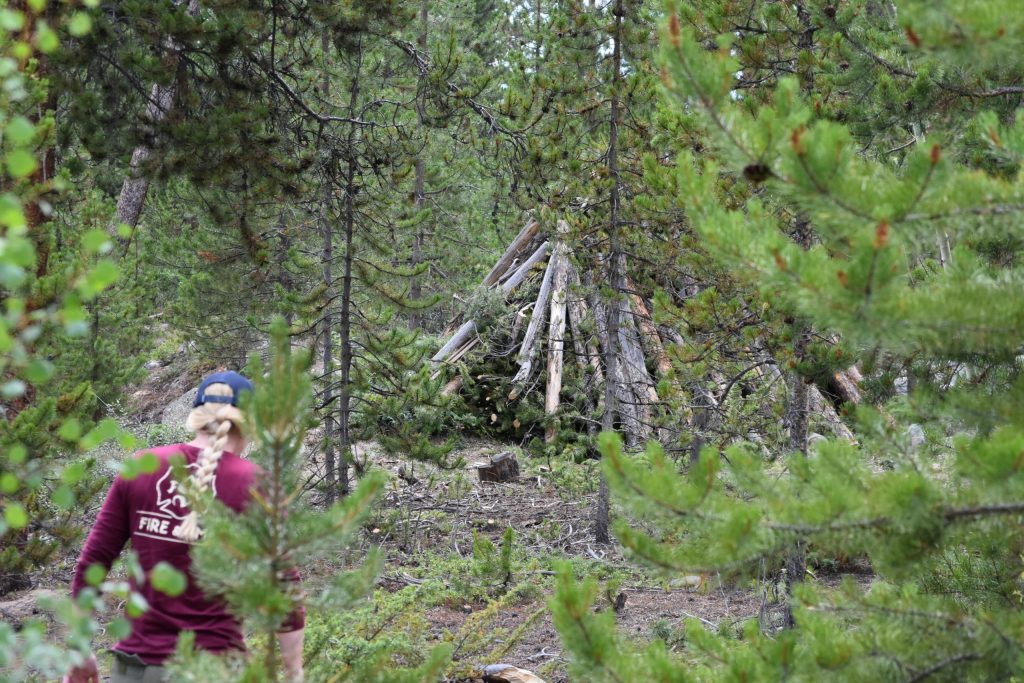
Wildfire and forestry officials stressed that in Colorado, wildfire is a natural part of the landscape, so preparing communities — especially those in the urban-wildland interface that are vulnerable to wildfires — can save money in the long run.
“We can’t stop every fire,” Samulski said. “Fires are a natural part of Colorado’s ecosystems, and we have to help communities live with wildfires, help homes survive with wildfires and communities recover quicker through better preparedness in our neighborhoods.”
Novak said that the Colorado State Forest Service and nonprofit programs, like FireWise USA, have played a large role in preparing the Vail community for the potential of a wildfire, including wildfire planning and fuels reduction work. He said it is hard to put a dollar value on how important wildfire preparedness work can be, given how much is at stake if a catastrophic wildfire were to occur.
“If we were to have a catastrophic wildfire that destroyed or impacted our economic engine, which is largely our ski mountain, what would that loss be in future revenue?” Novak asked. “What truly would be the cost of having I-70 closed for weeks on end?”
White agreed, noting that federal funds have helped support recent projects to create fuel breaks that protect valuable property in Grand County. He said, “It’s been proven over and over that it costs way more to respond to an emergency or disaster than it does to mitigate it.”
Despite the Trump administration proposing to strip millions of dollars from forestry and wildfire preparedness, White added “it doesn’t sound like the average taxpayer is going to get much of a tax break that can then be reinvested in local or state (budgets).”
“Colorado puts its money where its values are,” McCombs said, noting that the state has invested in forestry and wildfire prevention since 2020, when catastrophic wildfires like the Marshall Fire destroyed thousands of homes in the state.
“Nominal investments” in wildfire preparedness “can save hundreds of millions of dollars in property damage, if not billions,” McCombs said. So while he is open to reforms on how to make more efficient use of federal funding for wildfire preparedness, he said eliminating it, “just doesn’t make any sense — because we know the alternative is megafire.”
“The states are wide open to trying to do things better, if the administration has concerns,” McCombs said. “But to just pull the plug and walk away, that makes Colorado less safe. That makes our forests less resilient to wildfire.”

Support Local Journalism

Support Local Journalism
Readers around Steamboat and Routt County make the Steamboat Pilot & Today’s work possible. Your financial contribution supports our efforts to deliver quality, locally relevant journalism.
Now more than ever, your support is critical to help us keep our community informed about the evolving coronavirus pandemic and the impact it is having locally. Every contribution, however large or small, will make a difference.
Each donation will be used exclusively for the development and creation of increased news coverage.
